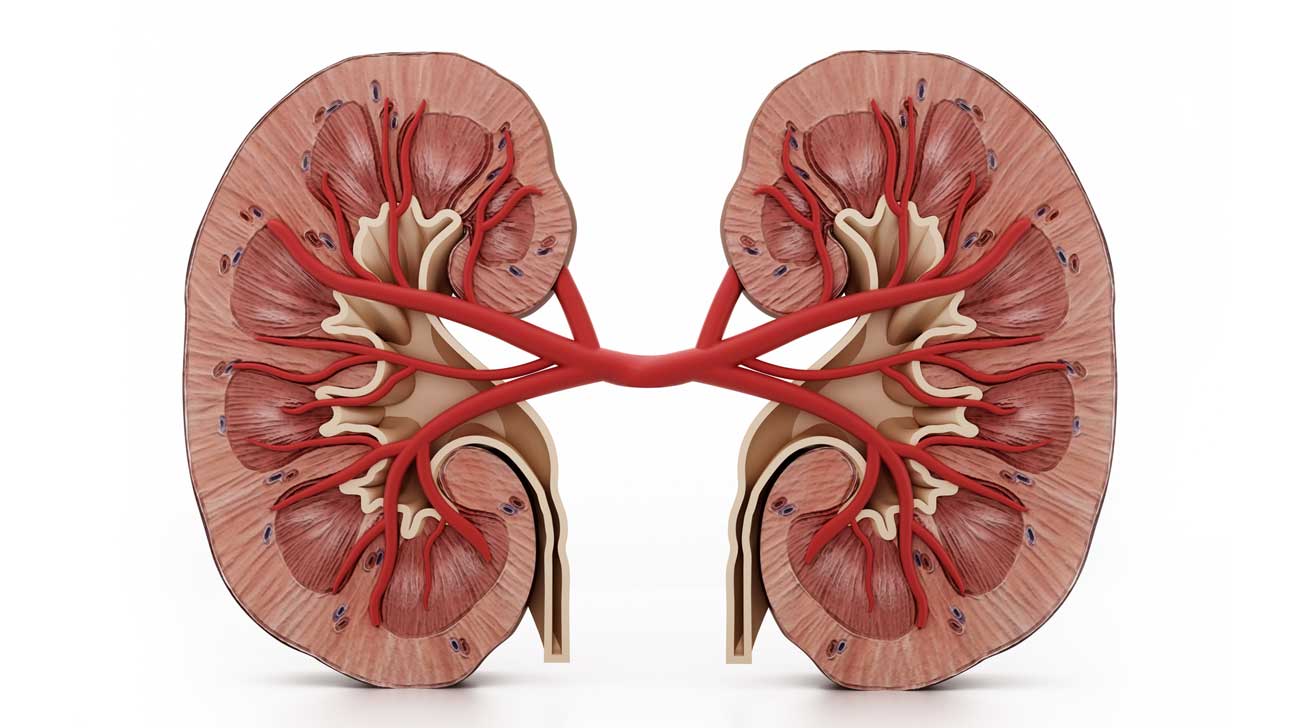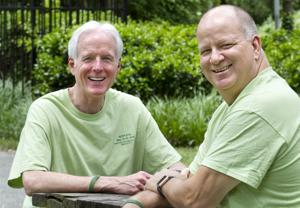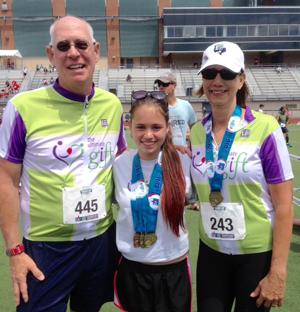From CTV Ottawa, Canada
Kidney donor cycles across Canada raising awareness

The woman cycling across Canada to raise awareness for organ donation, after giving her own kidney to her mother one year ago, is making a stop in Ottawa.
Eileen Fheng says her mother was suffering from polycystic kidney disease and was in desperate need of a new kidney.
Zheng donated her kidney to her mother in February 2015.
“Her health was deteriorating and it was deteriorating very quickly, and if I didn’t give it to her at around the time that I did, I don’t think she would be here right now,” said Zheng.
Now she wants to encourage others to sign up for organ donation.
“You can be a living organ donor and still be able to continue your life and live healthily,” said Zheng.
She started her ‘Gift From Within’ tour in British Columbia in May and plans to cycle to St. Johns Newfoundland.
Zheng admits the journey can become tiring, but in her weakest moments, she remembers her mother.
“I can’t even compare with the people that are actually sick and ill and have a disease and waiting for organs and going through dialysis or chemo – so I would say it is hard, but it’s not that hard,” said Zheng.
Zheng is currently fundraising and actively looking for sponsors to continue her journey. She is also encouraging people to not only sign up for organ donation but to let their loved ones know of their decision. You can find more information on her journey here.
From WBZ Channel 4 CBS Affiliate Boston

A new sign posted outside Kiki and Wayne Bernard’s coffee shop means good news for the Methuen couple seeking a kidney donor.
In June, the sign outside Common Grounds read, “Kidney wanted, type O, inquire within.”
Now it reads, “Thank you. Thank you. We have a donor!”
Kiki suffers from polycystic kidney disease or PKD, a serious genetic disorder which causes cysts to grow in the kidneys until they can no longer function properly. And lately, hers have not.
PKD has no cure and the genetic component is strong. Kiki’s mother and sister both succumbed to the disease. Now, Kiki’s doctors say her kidneys have only about a year left and she needs a kidney transplant.
“It has progressed to where my kidneys are no longer functioning as they should. They’re functioning at about 20 percent,” Kiki said.
After posting the sign outside their coffee shop, Common Grounds, the couple received dozens of applicants but none were a perfect match.
However, Wayne’s niece, Lisa Twombley was.
“I kept telling her, it’s going to be me. I’m going to be your donor. You’re going to get one of these kidneys,” Twombley said.
Twombley is blood type O positive, just like Kiki. Now, she must undergo tests to make sure she his healthy enough to give up her kidney.
“It’s thrilling that she would do something like this,” Kiki said.

Even if it means giving up a kidney.
One local mom and lifelong Middletown resident was surprised by the high-profile match made by Yale-New Haven Hospital in her search for a living donor for a kidney transplant.
“It has been a crazy day,” said Olivia DiMauro, 45, by email on Monday. “I got a call the other day from Yale saying someone wanted to meet up with me.”
It turns out, DiMauro’s match was the mayor, who was tested along with others that stepped up to help. “Mayor Dan Drew was a perfect match for me,” she said. “Our surgery date is set and everything is moving forward. I still can’t believe it.”
Drew declined to comment for this story but did say he’ll need to rest a bit after the surgery but isn’t anticipating a lengthy recovery. According to city charter, Deputy Mayor Robert Santangelo acts as mayor during temporary vacancies in the mayor’s office.
The hospital stay and recuperation varies on the individual donor and the type of procedure performed, according to the National Kidney Foundation.
Joyce Albert, a donor nurse at Yale-New Haven Hospital, told the Press that after the procedure, the average hospital stay is two to three days and the doctor advises the patient to do no heavy lifting for six weeks.
Last January, DiMauro reached out to The Press to share her story. “I am looking to you for help in this as I do not know what else to do,” she wrote.
As a busy working mom of two teens, DiMauro said then that she worried about future limitations that polycystic kidney disease could impose on her life. Medical issues from the inherited condition led the city native to seek a living organ donor and a second chance at a healthy life. “I will have to start the dialysis process soon if I do not find a donor,” she said at the time.
Polycystic kidney disease is an inherited disorder in which clusters of cysts — sacs containing water-like fluid — develop within the kidneys. The cysts can grow very large and can develop in the liver and elsewhere, according to the Mayo Clinic. The disease can cause a variety of serious complications.
Added to the national organ transplant list in November 2015, DiMauro, a part-time stylist at Salon Cheveux, is currently enjoying good health — that is, apart from the need for a kidney, she said. Other same-stage patients her age usually have additional symptoms, according to Dr. David Minor, her nephrologist, DiMauro said.
Nevertheless, she, husband, Sal DiMauro, and children, Dante, 14, and Ava, 12, worry about her health. “They’ve seen my mom and my sister struggle,” said DiMauro, whose mother has been on dialysis since her grandchildren were in diapers.
DiMauro did not have to go through kidney failure, like her mother did, to learn she had the disease. Instead, she discovered it by the time she was a teenager, she said. “When you age, it gets more difficult,” said DiMauro. “My doctor wants to be proactive before we need to begin dialysis.”
Since the disease is hereditary, some family members are excluded from being able to donate. Husband Sal was tested but they learned he is not a match. [Read more]
From Plainsman, Huron, South Dakota

Registration is now open for the 35th annual Andy’s Road Race, Bike Ride and Harvey Gleich Memorial Walk, which will be held Saturday, Sept. 3, at Memorial Park in Huron.
The road race, named after a former Huron track coach Andy Kleinsasser, is divided into various age groups running the 5K and 10K races. There is also a 5K fun walk and 5- and 23-mile bike rides for participants of any age and fitness level. For the younger kids, there is a fun run for elementary children (no registration fee required).
Again this year, the 5K fun walk honors the memory of longtime Andy’s participant and supporter Harvey Gleich.
Proceeds raised from walker registrations will be donated to the Polycystic Kidney Disease (PKD) Foundation in Gleich’s name.
Last year, the event raised more than $1,200 for the PKD Foundation.
The event will be held during the State Fair, and all participants will receive a free one-day gate pass to the Fair.
The S.D. Beef Council will provide free beef jerky to participants.
Medals will be awarded to top finishers in each division of the 5K and 10K races.
The 5K/10K race will be chip-timed by AllSportsCentral.
Early-bird registration for the run or bike ride is $25 until July 29 and $30 until Aug. 19.
Registration received between Aug. 20 and 30 is $35.
Walker registration is $30, which includes a donation to the PKD Foundation.
All registration fees include refreshments and a performance t-shirt.
Businesses interested in a sponsorship or a corporate rate for employee participants should contact Kim Rieger at 353-6573.
More information and registration is available online at www.huronregional.org/andys or www.allsportcentral.com or by calling Laurie Marcus at 350-2943.








